Historic Franconia
Franconia was organized in October 1858, just eight months after Ansell Smith recorded the first plat in the area. New Englanders, Germans, Irish, and so many Swedish immigrants arrived in town by steamboat. Farmers bought up land west of the river and industry boomed along the St. Croix River. The population of the town grew to nearly 1,000 people in 1880 before starting to slowly decline as industry in towns like Stillwater and Osceola continued to grow and thrive. The Franconia Town Hall was originally built in the 1870s as a one-room schoolhouse known first as the Rochel school, and later, Woodlawn school. In 1974, a successful community effort to rehab the building and use it as the town hall was launched. The old schoolhouse continues to serve as the town hall today.
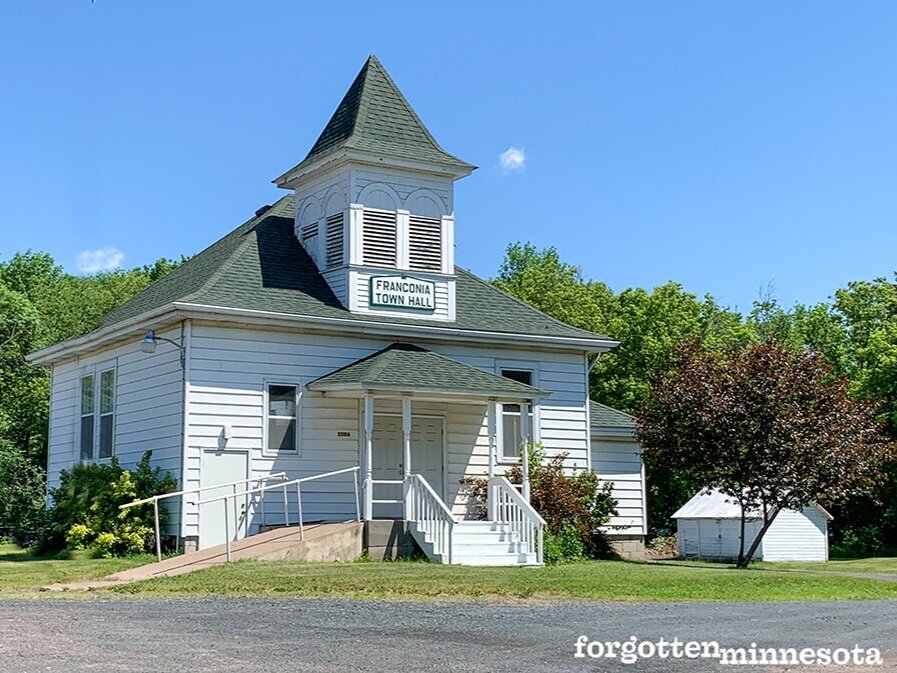
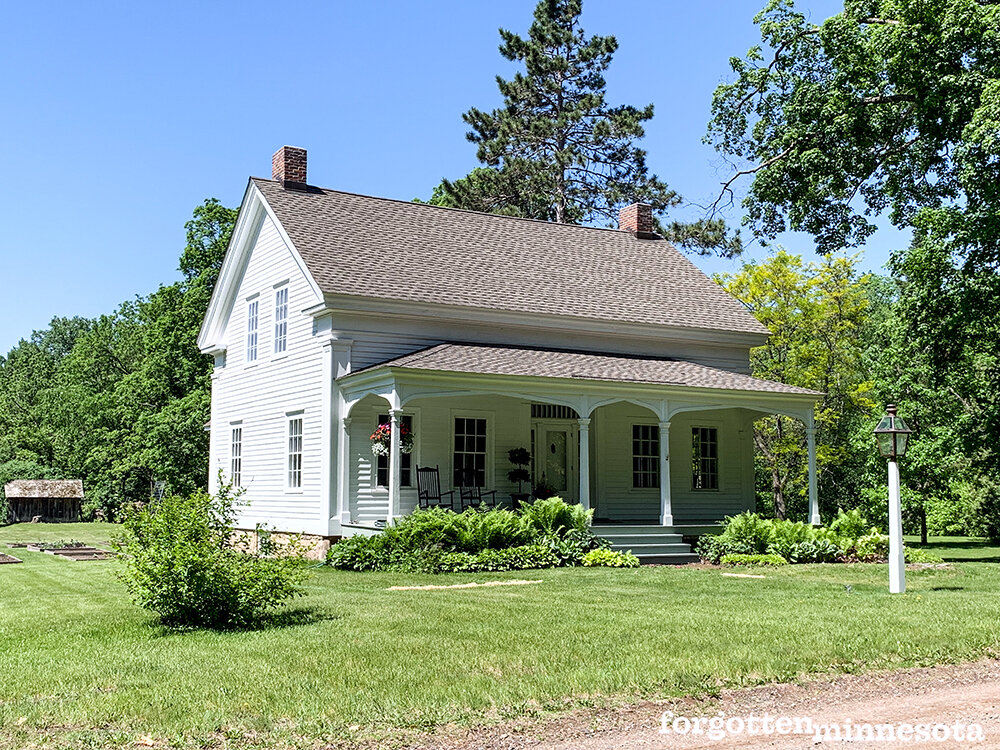
Paul Munch immigrated from Germany and settled in Franconia in 1865. He built a flour mill in town and moved this circa-1850s house from another location in 1867 to sit across the street from his mill. A rear kitchen wing was added to the house after was moved to this location. The home remained in the Munch family until 1968 when it was sold and fully restored by the new owner. It was listed on the National Register of Historic Places in 1976 and remains a single-family home.
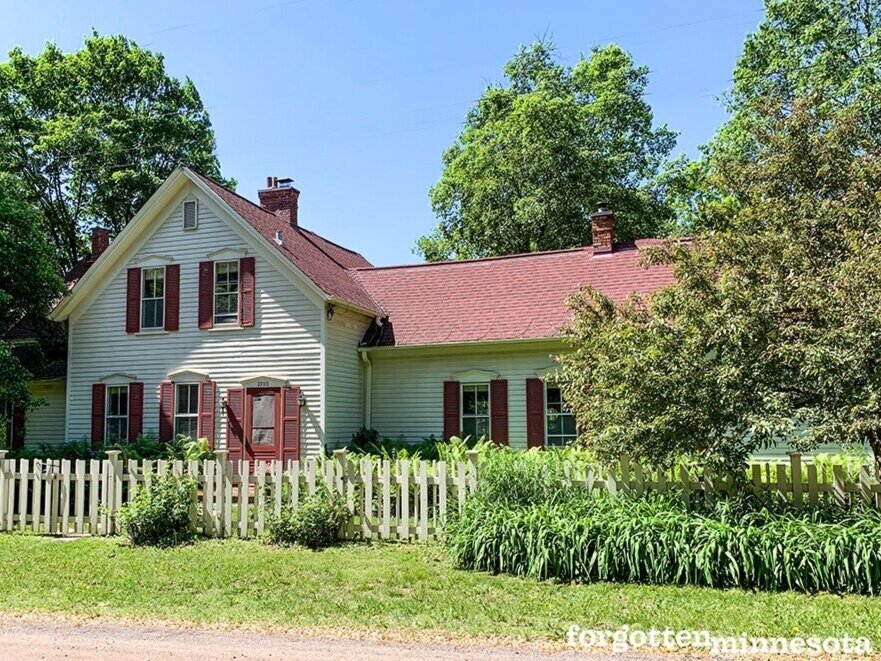
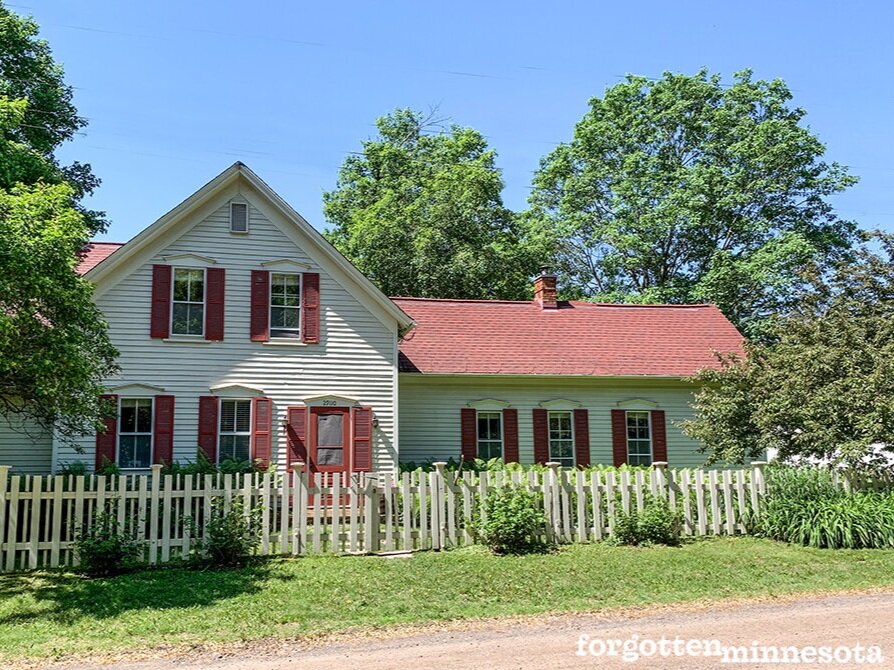
The Eric Ostrom house was built before 1870 in Franconia. Ostrom was a blacksmith in town and lived in the house from 1872 to 1886. Originally rectangular, early additions to the home made it L-shaped. The two northwest additions reportedly housed a saloon at some point. Charles Vitalis purchased the home from Ostrom and moved in the following year. Vitalis came from Sweden and settled in Franconia in 1868, where he worked for several years as a clerk in the general store store. When the store owner died, Vitalis took charge of the store and his wood business. The home is part of the Franconia Historic District and is on the National Register of Historic Places.
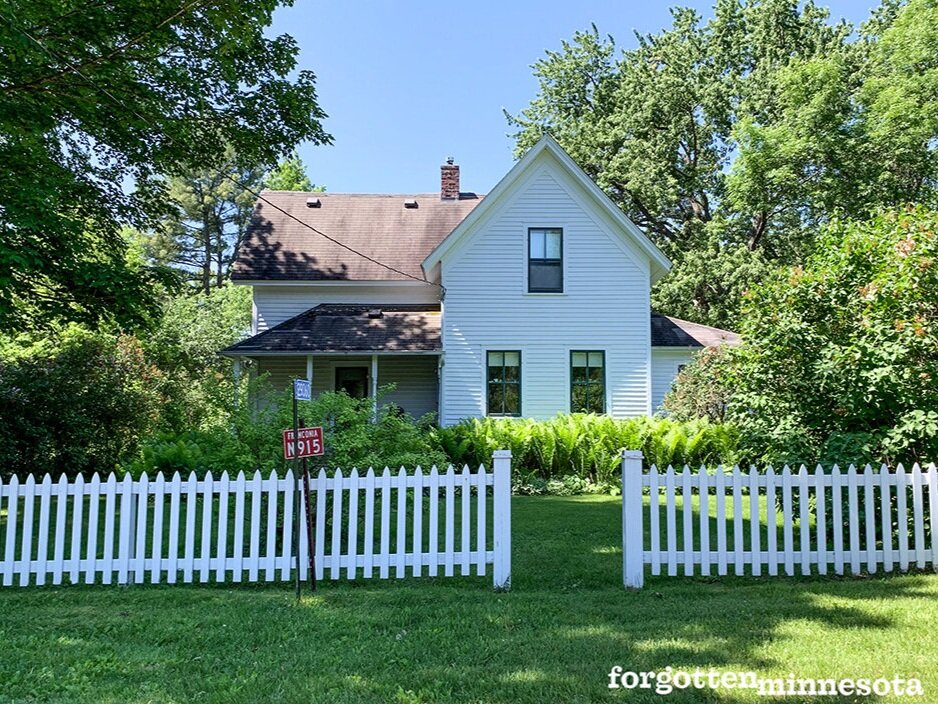
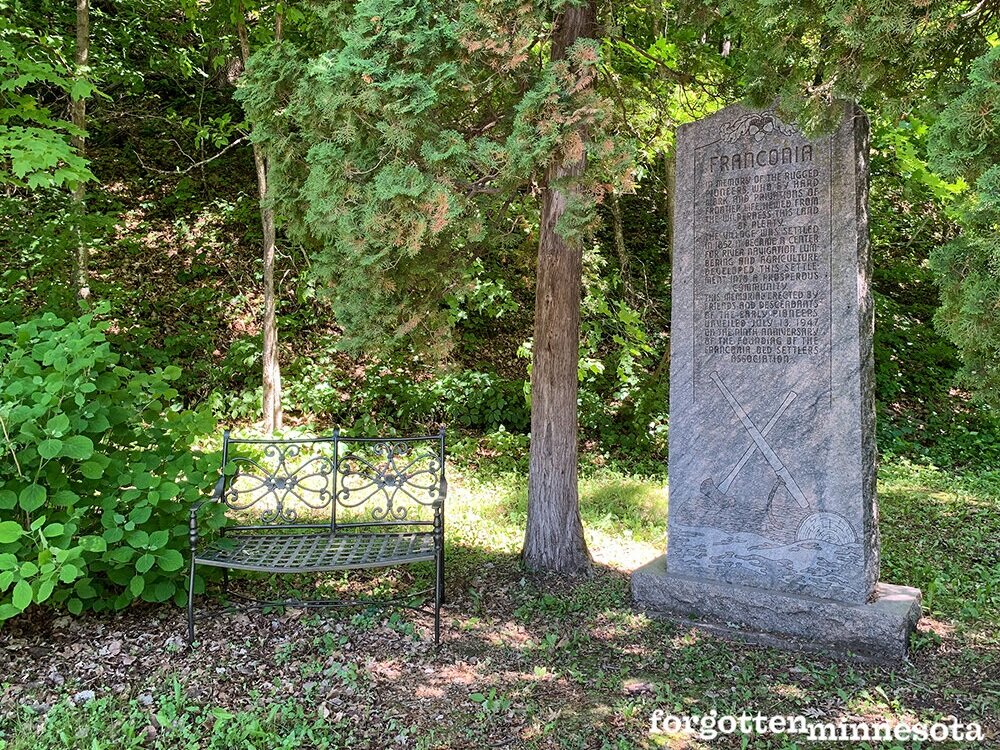
The Nelson Fuller house was built around 1885. Fuller was an engineer in Franconia and his house was one of the last built in town before the population began to drop. After the turn of the 20th century, many of the houses were either moved out of Franconia or abandoned as year-around residences. The 1940s through the 1960s saw people moving further from the Twin Cities and into historic river towns like Franconia, saving many of the older homes in town from being demolished. Because of that, this home is part of the Franconia Historic District and is listed on the National Register of Historic Places.
